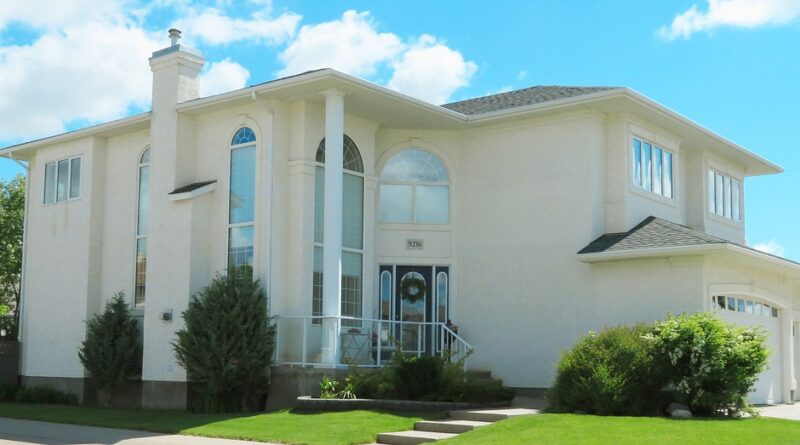Transforming Empty Space into Stunning Interiors: A Guide to Developing a Property from the Ground-Up
Transforming Empty Space into Stunning Interiors: A Guide to Developing a Property from the Ground-Up
Developing a property from the ground-up can be an exciting and rewarding endeavor for a real estate expert. From envisioning the layout to selecting materials and finishes, there are countless decisions to be made throughout the process. By following a few key steps and guidelines, you can transform an empty space into a stunning interior that will appeal to prospective buyers or tenants.
1. Vision and Planning
Before you even break ground on a new property development, it is essential to have a clear vision of what you want the finished product to look like. Consider factors such as the target market, desired style, and budget constraints. Create a detailed plan that outlines the design, layout, and specifications for the property, including floor plans, elevations, and material selections.
2. Site Selection and Preparation
Selecting the right location for your property development is crucial to its success. Consider factors such as proximity to amenities, access to transportation, and potential for future growth. Once you have chosen a site, prepare the land for construction by clearing and leveling the ground, laying infrastructure such as utilities, and obtaining any necessary permits or approvals.
3. Design and Architecture
Work with a team of architects and designers to create a cohesive and visually appealing design for your property. Consider factors such as natural light, views, and functionality when developing the layout and floor plan. Choose materials and finishes that are durable, stylish, and within budget to create a space that will stand the test of time.
4. Construction and Development
Once the design and architecture are finalized, it is time to start construction on your property development. Hire a team of skilled contractors and tradespeople to bring your vision to life. Monitor progress regularly to ensure that construction is proceeding according to schedule and budget, making adjustments as needed to address any unforeseen challenges or delays.
5. Interior Finishes and Furnishings
As construction nears completion, it is time to focus on the interior finishes and furnishings of the property. Select materials such as flooring, cabinetry, and countertops that are both functional and stylish. Choose furniture, lighting, and decor that complement the overall design aesthetic and appeal to the target market.
6. Landscaping and Outdoor Spaces
Do not overlook the importance of landscaping and outdoor spaces in creating a well-rounded property development. Enhance curb appeal with lush greenery, manicured lawns, and inviting outdoor areas such as patios or balconies. Consider landscaping elements that are low-maintenance and water-efficient to minimize upkeep costs.
7. Marketing and Sales
Once the property development is complete, it is time to market and sell or lease the units. Create a comprehensive marketing plan that includes professional photography, virtual tours, and open houses to showcase the property to prospective buyers or tenants. Work with a team of real estate agents to facilitate sales and negotiate contracts.
In conclusion, developing a property from the ground-up requires careful planning, attention to detail, and a creative vision. By following these key steps and guidelines, you can transform an empty space into a stunning interior that will appeal to discerning buyers or tenants. With a well-executed plan and a dedicated team of professionals, you can turn your property development into a successful and profitable venture.




